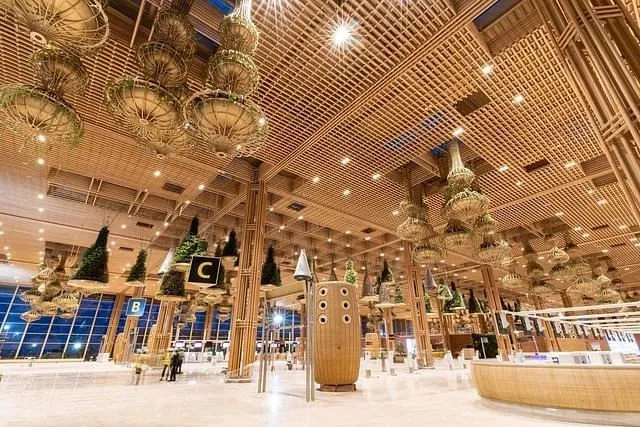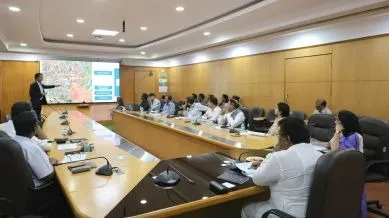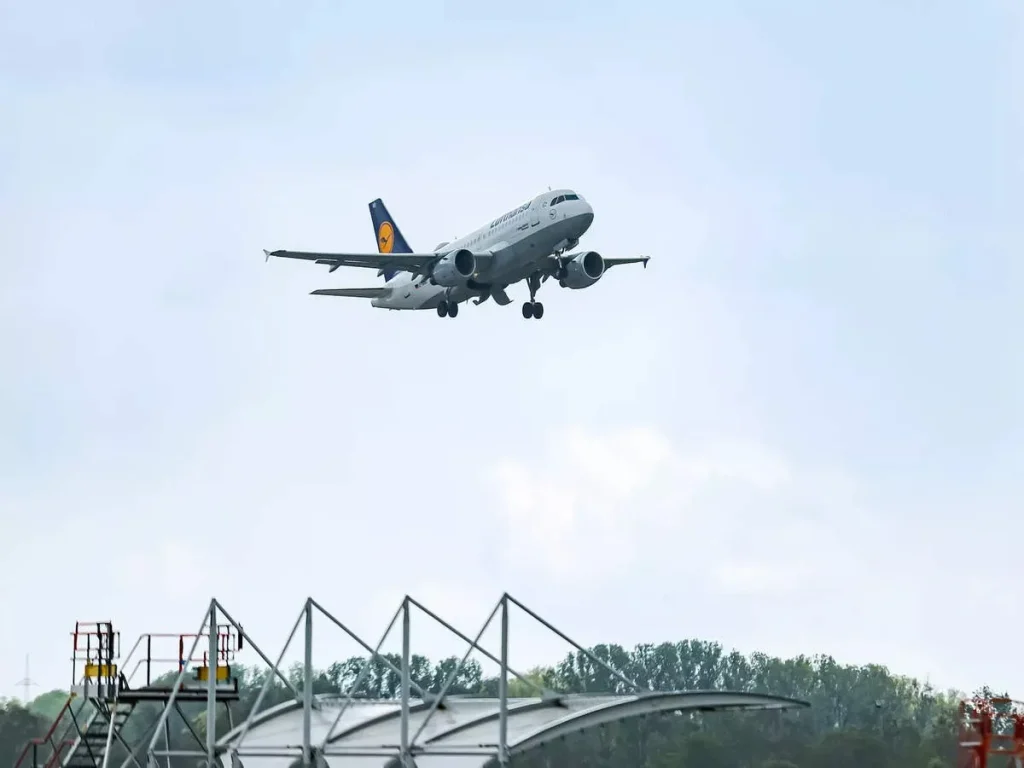Karnataka’s Minister for Large and Medium Industries, MB Patil, has announced plans for a second international airport in the city. This development aims to cater to the future needs of Bengaluru, a booming global tech hub.

In a social media update, Minister MB Patil shared, “New Airport plans on the horizon. I held a preliminary discussion with officials regarding the construction of a second airport to address the future needs of our rapidly growing global metropolis. I have directed the authorities to submit a feasibility report for the new airport.”
Patil emphasized that the new airport would alleviate the growing pressure on the existing Kempegowda International Airport. Currently, Kempegowda is the third busiest airport in India, following Delhi and Mumbai. Last year alone, it managed 37.5 million passengers and handled over 4 lakh tonnes of cargo. “This immense pressure highlights the necessity for a second airport to accommodate future growth,” Patil added.

The need for an additional airport has been underscored by Hari Marar, CEO of Kempegowda International Airport. He projected that Bengaluru’s passenger traffic could reach 92 million annually within the next decade. “An alternative airport is essential to handle the anticipated passenger volume,” Marar stated.
Despite the ambitious plans, the process of establishing a new airport presents significant challenges, particularly concerning land acquisition. Marar noted, “Acquiring land for an airport in a city like Bengaluru is not an easy job. It is important to focus on better connectivity and mobility with a foresight on upcoming years.”

In November 2022, Kempegowda International Airport expanded its capacity with the launch of Terminal 2, which now accommodates international and some domestic flights. The first phase of Terminal 2, with a construction cost estimated at Rs. 13,000 crores, spans approximately 2.5 lakh square meters. The second phase will add an additional 4.41 lakh square meters, further enhancing the airport’s capacity.
As Bengaluru continues to grow as a global technology center, the introduction of a second international airport is a strategic move to support the city’s expanding infrastructure needs.
